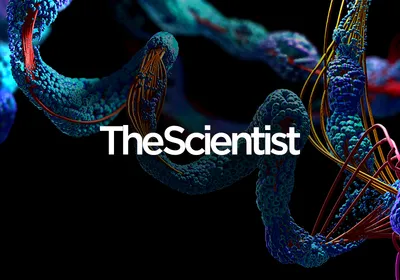ABOVE: © ISTOCK.COM, koto_feja
Stimulating or inhibiting particular neurons in an animal and observing the effects is the basis of countless neuroscience experiments. To achieve such control, researchers have two key methods at their disposal: pharmacology and optogenetics.
But methods for targeting drugs or light to specific neurons may interfere with the behavior or neuronal activity under observation. Animals generally need to be handled for drug injections, for example, while light stimulation often requires illuminating an animal’s skin or tethering the creature to a fiber optic cable.
To minimize disturbance to animals during experiments, engineers are developing small wireless devices containing light-emitting diodes (LEDs) or microfluidic channels (for drug delivery) that can be surgically implanted. But, as yet, such devices are inflexible, bulky, and only suitable for brain stimulation, for which they can be anchored to the skull, says neuroscientist Robert Gereau of Washington University in St. Louis. To stimulate ...



















